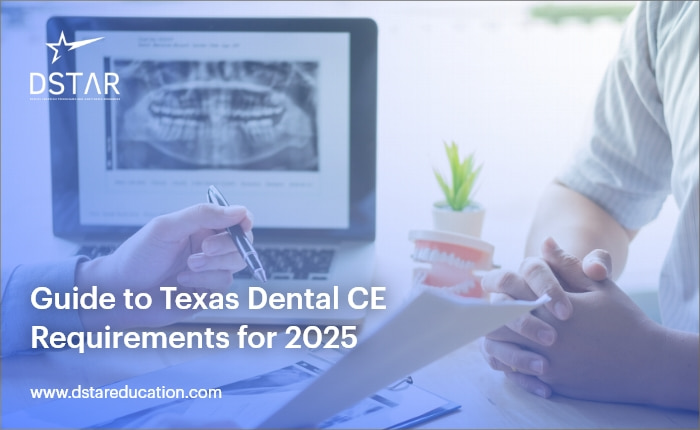Did you know?
Dental malpractice can have serious legal, financial, and professional consequences for practitioners. According to the American Dental Association, approximately 13.9% of all malpractice claims in the U.S. are related to dental procedures, with the most common claims involving misdiagnosis, procedural errors, and lack of informed consent. The average payout for dental malpractice claims can exceed $65,000, highlighting the financial risks involved. Implementing preventive measures is critical for safeguarding your practice and ensuring patient safety.
This blog outlines key strategies every dentist should know to minimize the risk of malpractice, emphasizing the importance of ongoing education, clear communication, and adherence to best practices.
Understanding Dental Malpractice:
Dental malpractice occurs when a dentist’s negligence leads to patient harm. Common malpractice claims include errors in diagnosis, improper administration of anesthesia, failure to obtain informed consent, and neglecting postoperative care. With the increasing number of legal cases, it’s essential that dentists proactively implement strategies to mitigate these risks.
Follow these 6 Strategies to Prevent Dental Malpractice:
-
Prioritize Patient Communication and Informed Consent
Clear and consistent communication is vital in reducing dental malpractice risks. Patients should fully understand their diagnosis, treatment options, and potential risks before proceeding with any procedure. This not only fosters trust but also minimizes misunderstandings that could lead to legal action.
- Document every conversation related to diagnosis, treatment options, and potential risks.
- Use layman’s terms to ensure the patient comprehends the information provided.
- Obtain and document written informed consent before starting any treatment.
-
Adhere to Clinical Guidelines and Best Practices
Following evidence-based guidelines is a fundamental strategy in preventing dental malpractice. Guidelines from reputable organizations like the American Dental Association (ADA) offer a robust framework for maintaining high standards of care. These guidelines help in decision-making and ensure that procedures align with the latest research.
- Regularly review and integrate ADA clinical guidelines into your practice.
- Attend dental sedation courses and other relevant training to be up to date on sedation strategies for dentists.
- Implement systematic protocols to ensure consistency in procedures.
-
Continuing Education and Training
Ongoing education is key to adapting the latest developments in dental care. Attending specialized courses, particularly in areas prone to malpractice claims, is critical.
- Enroll in dental sedation courses to enhance your knowledge and skills in this high-risk area while also maintaining your licensure.
- Participate in seminars and workshops that focus on risk management and patient safety.
- Remain informed with new technologies and methodologies that can improve patient outcomes.
-
Implement Robust Documentation and Record-Keeping Practices
Comprehensive documentation is your best defense against dental malpractice claims. Accurate records demonstrate that you have provided appropriate care and followed standard procedures.
- Maintain detailed records of patient history, diagnosis, treatment plans, and follow-up care.
- Ensure that all documentation is thorough, accurate, and timely.
- Use electronic health records (EHR) systems to streamline record-keeping and improve accessibility.
-
Risk Management and Regular Audits
Conduct regular audits of your practice to identify potential risk areas. Proactively addressing these risks can prevent incidents that could lead to dental malpractice claims.
- Regularly review patient feedback to identify areas for improvement.
- Conduct internal audits to ensure compliance with clinical guidelines and legal standards.
- Implement sedation strategies for dentists based on the latest evidence and guidelines.
To sum it up:
Preventing dental malpractice requires a proactive approach centered on patient communication, adherence to best practices, ongoing education, and meticulous documentation. Clear, informed communication with patients not only builds trust but also helps prevent misunderstandings that can lead to malpractice claims. By consistently following established protocols and engaging in continuous learning, dentists can maintain relevance to the latest techniques and regulations. This commitment to excellence not only reduces the risk of malpractice claims but also enhances the overall quality of care provided to patients.
Take Action: Enhance Your Skills with DTSAR Education
Investing in your education is critical for preventing dental malpractice. DTSAR Education offers a range of dental sedation recertifications designed to equip you with the knowledge and skills necessary to implement effective sedation strategies for dentists. Whether you’re looking to refine your skills or just maintain your license, DTSAR Education has the resources you need.
Visit DTSAR Education to learn more about the courses and how they can help you safeguard your practice.
 Take Free TSBDE Anesthesia Jurisprudence Practice Exam Now!
Take Free TSBDE Anesthesia Jurisprudence Practice Exam Now!











